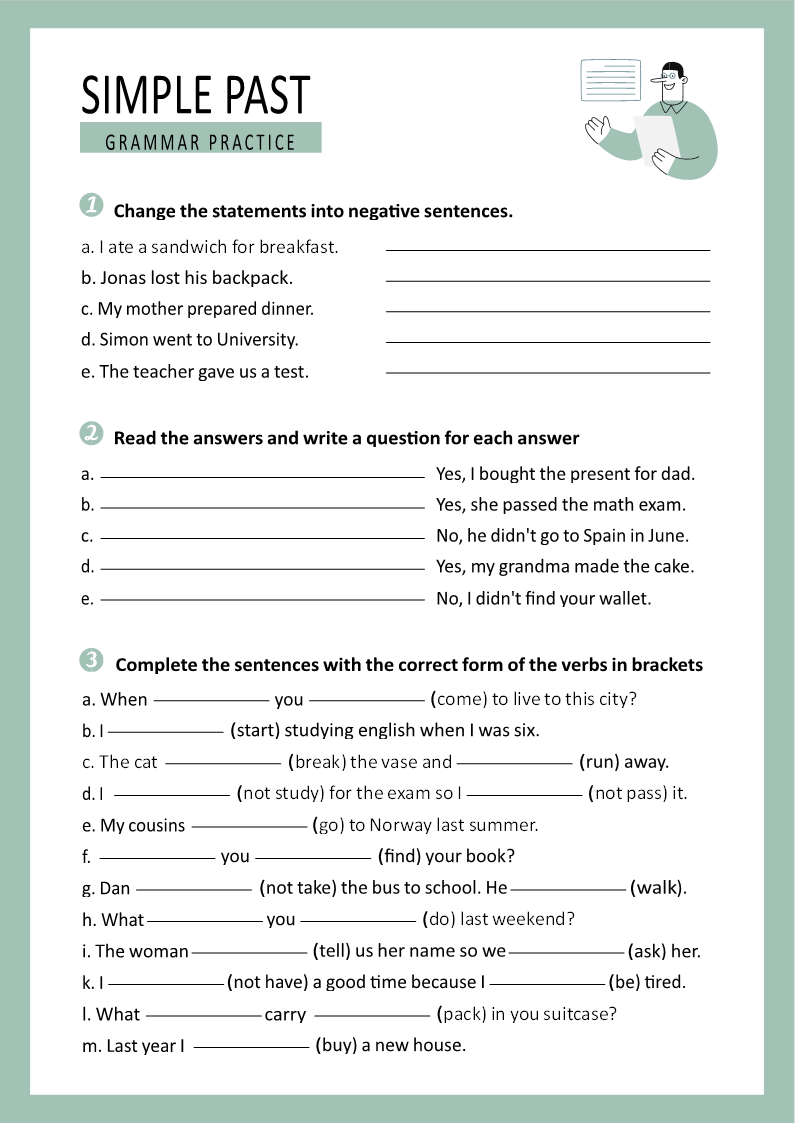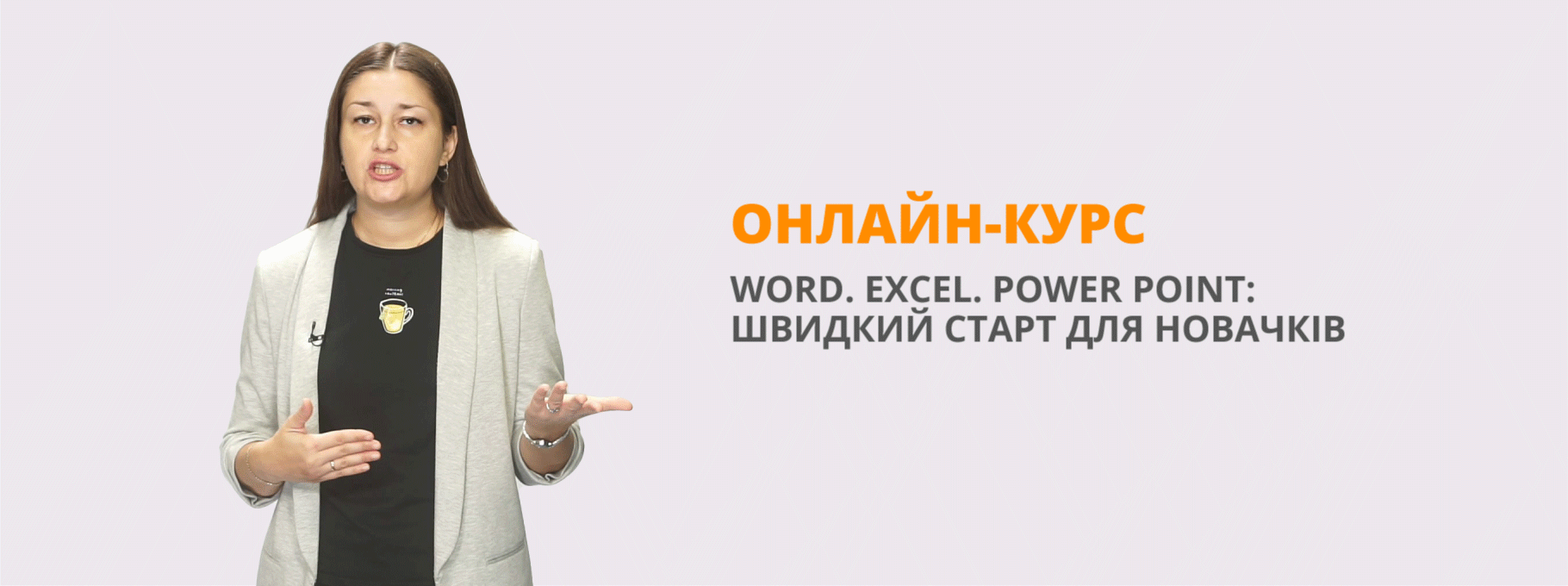Grammar Practice Worksheet "Past Simple"
Про матеріал
The past simple tense is a grammatical tense used to express actions or states that occurred and were completed in the past. It is one of the most commonly used tenses in English. The structure of the past simple tense typically involves the use of the past form of the main verb, which is often created by adding "-ed" to regular verbs. However, irregular verbs have unique past tense forms that do not follow this pattern.
For example, in the sentence "She walked to the store yesterday," "walked" is the past simple tense of the verb "walk." In contrast, for an irregular verb like "go," the past simple tense is "went," as in the sentence "He went to the park last weekend."
The past simple tense is often used to narrate events or actions that happened at a specific point in the past or over a specific duration. It is important to note that the past simple tense does not indicate the ongoing nature of an action; it focuses on its completion in the past. To form negative sentences and questions in the past simple tense, auxiliary verbs such as "did" are used.
In summary, the past simple tense is a fundamental aspect of English grammar that helps convey actions or states that occurred and were finished in the past. Its structure varies between regular and irregular verbs, and it is widely employed in both spoken and written communication. Перегляд файлу

pdf
Оцінка розробки


Безкоштовний сертифікат
про публікацію авторської розробки
про публікацію авторської розробки
Щоб отримати, додайте розробку
Додати розробку
